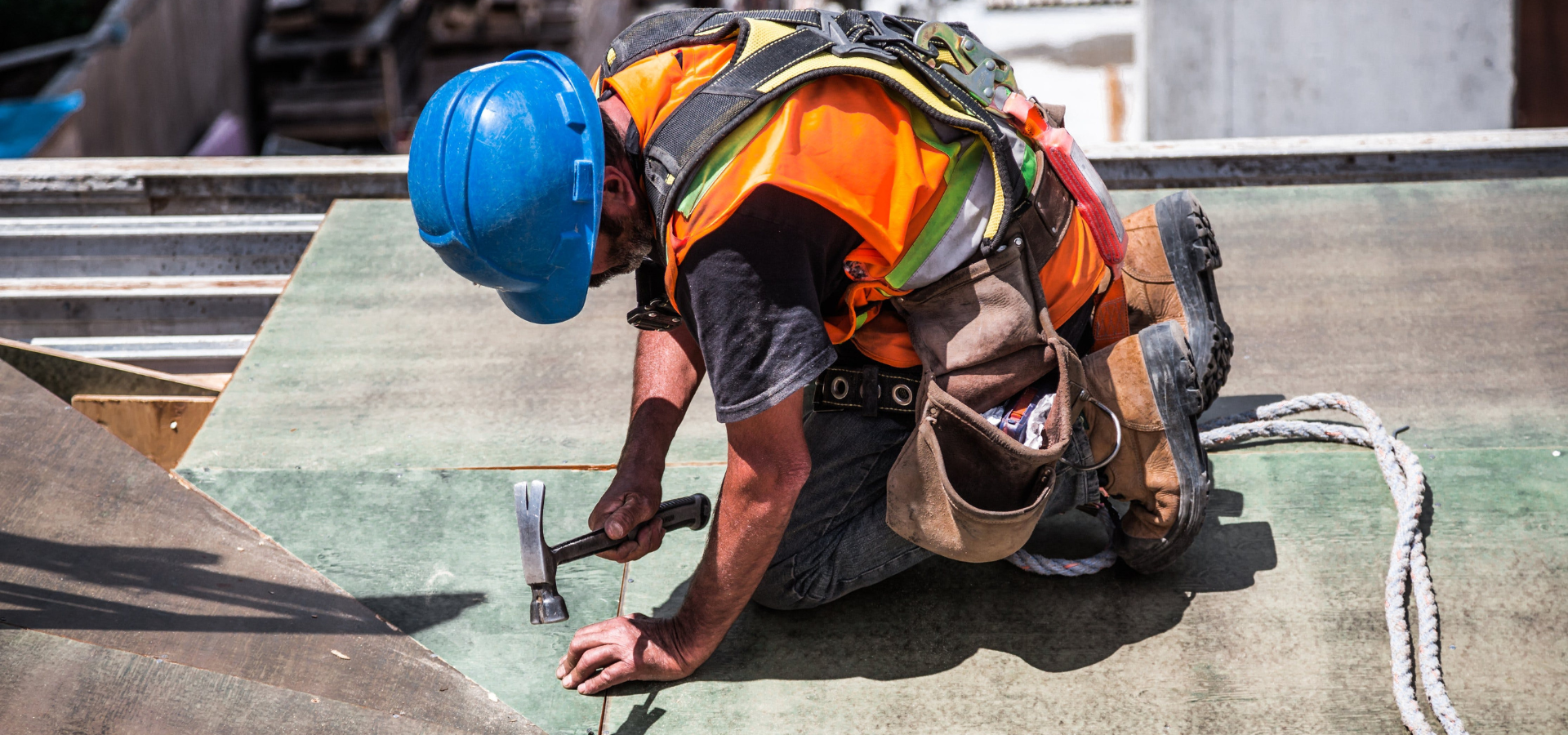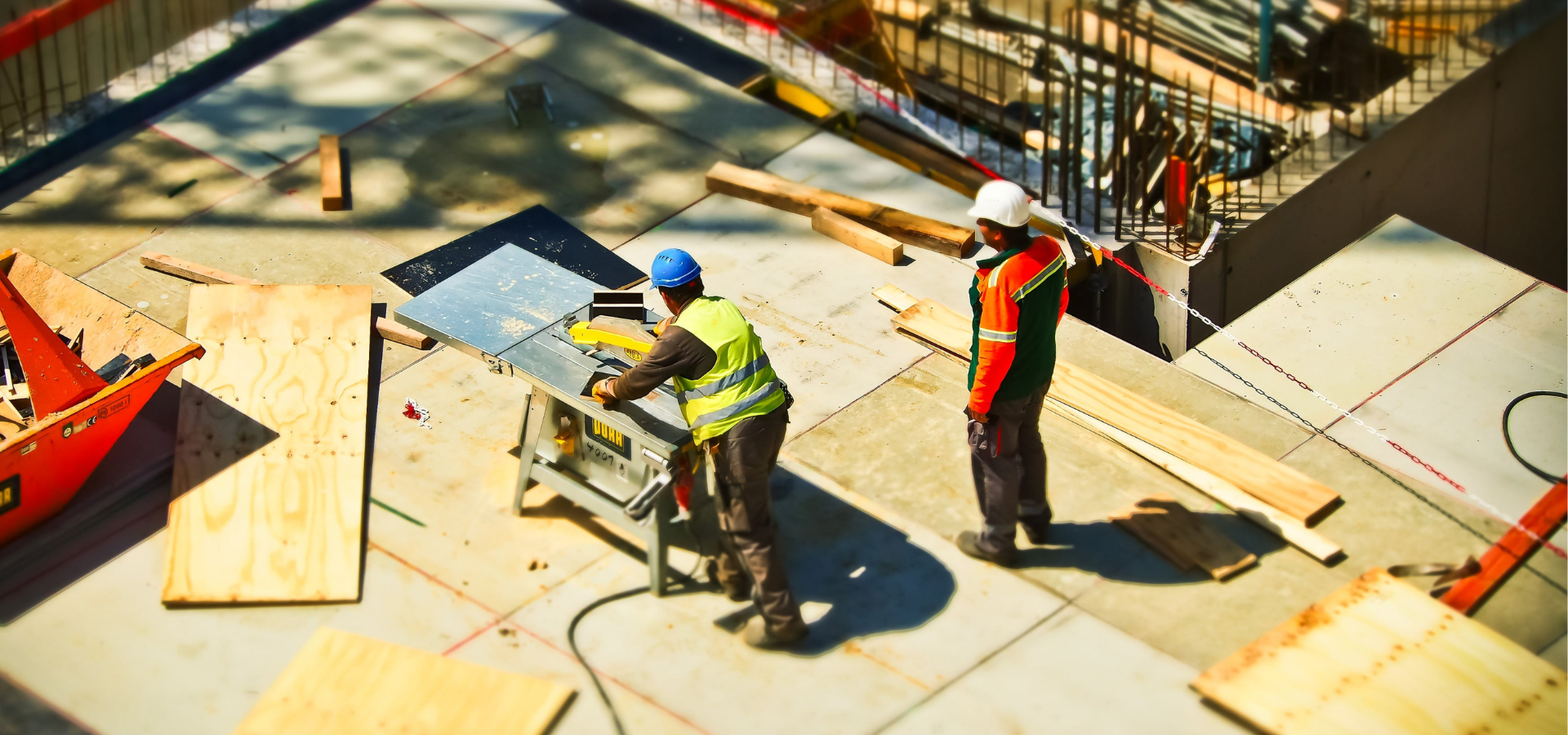In the ever-evolving world of construction, staying abreast of the latest trends is crucial for both industry professionals and those embarking on construction projects. The dynamics of construction services are continuously shaped by technological advancements, sustainability concerns, and changing consumer preferences. In this blog, we’ll explore the top trends in construction services that are reshaping the industry landscape and discuss why it’s essential to be informed about these developments.
1. Sustainable Construction Practices

Sustainability has become a cornerstone in the construction industry, driven by an increased awareness of environmental issues and a desire to reduce the ecological footprint of construction projects. Sustainable construction practices focus on minimizing waste, using eco-friendly materials, and implementing energy-efficient designs. Construction services are increasingly adopting green building standards, such as LEED (Leadership in Energy and Environmental Design), to meet the growing demand for environmentally responsible construction.
2. Prefabrication and Modular Construction

Prefabrication and modular construction have gained prominence as efficient alternatives to traditional construction methods. This trend involves assembling building components off-site in a controlled environment before transporting them to the construction site for final assembly. Prefabrication not only accelerates project timelines but also enhances cost-effectiveness and reduces on-site waste. Construction services are embracing this trend to streamline processes and deliver projects more quickly without compromising quality.
3. Advanced Construction Technology

The integration of technology into construction processes is transforming the industry. Building Information Modeling (BIM), drones, and augmented reality are just a few examples of how technology is enhancing project planning, design, and execution. BIM, in particular, allows for 3D modeling and collaboration, enabling stakeholders to visualize the entire project before construction begins. Construction services leveraging these technologies can improve accuracy, communication, and overall project efficiency.
4. Robotics and Automation

The use of robotics and automation in construction is on the rise, leading to increased efficiency and safety. Construction companies are deploying robots for tasks such as bricklaying, demolition, and even 3D printing of building components. Automated machinery not only accelerates construction timelines but also reduces the risk of accidents and enhances precision. As the technology continues to advance, construction services are likely to incorporate more robotic solutions into their workflows.
5. Smart Buildings and IoT Integration

The concept of smart buildings, equipped with connected devices and sensors, is gaining traction in the construction industry. These IoT (Internet of Things) integrated buildings enable efficient monitoring and control of various systems, such as lighting, HVAC, and security. Construction services are increasingly incorporating smart technologies during the construction phase to ensure buildings are equipped for future connectivity and automation, meeting the demands of a tech-savvy generation.
6. Emphasis on Safety and Well-being

Safety has always been a top priority in construction, but recent trends highlight an increased emphasis on the well-being of workers. Construction services are implementing innovative safety measures, such as wearable technology that monitors workers’ health and alerts them to potential hazards. Mental health initiatives are also gaining ground, recognizing the importance of addressing the psychological well-being of construction workers who often face high-stress environments.
7. Resilient and Disaster-Resistant Designs

Given the increasing frequency of natural disasters, there is a growing focus on constructing buildings that can withstand extreme weather events. Construction services are incorporating resilient design principles, using materials and techniques that enhance a structure’s ability to withstand earthquakes, hurricanes, and other disasters. This trend reflects a proactive approach to building for the future, considering the potential impacts of climate change on construction projects.
8. Increased Use of Sustainable Materials

The choice of construction materials significantly influences the environmental impact of a project. As sustainability takes center stage, there is a shift towards using eco-friendly and recycled materials. Construction services are exploring alternatives to traditional materials, such as bamboo, recycled steel, and reclaimed wood, to reduce the carbon footprint of construction projects. This trend aligns with the broader goal of creating buildings that are both environmentally responsible and aesthetically appealing.
9. Collaboration and Integrated Project Delivery (IPD)

Successful construction projects often require seamless collaboration among various stakeholders, including architects, engineers, contractors, and clients. Integrated Project Delivery (IPD) is a collaborative approach that involves early involvement of all parties to enhance communication and coordination. Construction services adopting this approach find that it fosters a more efficient and transparent project delivery process, reducing conflicts and ensuring that everyone is aligned with project goals from the outset.
10. Adapting to Remote Work and Virtual Collaboration

The global shift towards remote work has also influenced the construction industry. Virtual collaboration tools and remote project management are becoming more prevalent, allowing construction services to adapt to the changing work landscape. Cloud-based platforms, video conferencing, and project management software enable seamless communication among team members, regardless of their physical location. This trend not only facilitates collaboration but also contributes to increased efficiency and flexibility in project execution.
In conclusion, staying informed about the top trends in construction services is crucial for anyone involved in the industry. Whether you’re a construction professional, project manager, or someone considering a construction project, understanding these trends can provide valuable insights into the evolving nature of construction practices. As the industry continues to embrace innovation, sustainability, and technological advancements, those who stay ahead of the curve will be better positioned to navigate the exciting and transformative future of construction services.
FAQs about Construction Services and Trends
Q1: What are the current trends in sustainable construction practices?
A1: Sustainable construction practices focus on minimizing environmental impact. Trends include the use of eco-friendly materials, energy-efficient designs, and adherence to green building standards such as LEED. Additionally, there is a growing emphasis on reducing waste and promoting overall environmental responsibility.
Q2: How does prefabrication differ from traditional construction, and why is it a trending approach?
A2: Prefabrication involves assembling building components off-site before bringing them to the construction site for final assembly. This approach differs from traditional construction where most work is done on-site. Prefabrication is trending due to its ability to accelerate project timelines, reduce on-site waste, and enhance cost-effectiveness.
Q3: How is technology integrated into construction services, and what role does BIM play?
A3: Technology, including Building Information Modeling (BIM), plays a crucial role in modern construction services. BIM allows for 3D modeling and collaboration, improving project planning, design, and execution. Other technologies like drones and augmented reality are also used to enhance accuracy, communication, and overall project efficiency.
Q4: How are robotics and automation being used in construction, and what benefits do they offer?
A4: Robotics and automation are increasingly used in construction for tasks such as bricklaying, demolition, and 3D printing. These technologies enhance efficiency, reduce the risk of accidents, and improve precision. As technology continues to advance, construction services are likely to incorporate more robotic solutions into their workflows.
Q5: What are smart buildings, and how are construction services incorporating IoT into their projects?
A5: Smart buildings are equipped with connected devices and sensors, allowing for efficient monitoring and control of various systems. Construction services are incorporating IoT during construction to ensure buildings are ready for future connectivity and automation. This trend caters to the demands of a tech-savvy generation.
Q6: How has the construction industry addressed worker safety and well-being in recent trends?
A6: Recent trends in construction emphasize not only physical safety but also the well-being of workers. Wearable technology is used to monitor health and alert workers to potential hazards. Mental health initiatives are also gaining traction, acknowledging the importance of addressing the psychological well-being of construction workers.
Q7: What is resilient design, and why is it a trending concept in construction?
A7: Resilient design involves constructing buildings that can withstand extreme weather events and natural disasters. This trend reflects a proactive approach to addressing the potential impacts of climate change on construction projects, ensuring structures remain robust and functional in adverse conditions.
Q8: How are construction services incorporating sustainable materials into projects?
A8: Construction services are increasingly using eco-friendly and recycled materials to reduce the environmental impact of projects. This includes exploring alternatives to traditional materials, such as bamboo, recycled steel, and reclaimed wood, aligning with the broader goal of creating environmentally responsible and aesthetically appealing buildings.
Q9: What is Integrated Project Delivery (IPD), and how does it enhance collaboration in construction projects?
A9: Integrated Project Delivery (IPD) is a collaborative approach involving early involvement of all stakeholders, including architects, engineers, contractors, and clients. This approach fosters efficient communication and coordination, reducing conflicts and ensuring alignment with project goals from the beginning.
Q10: How has the construction industry adapted to remote work, and what tools are being used for virtual collaboration?
A10: The construction industry has adapted to remote work through virtual collaboration tools, cloud-based platforms, video conferencing, and project management software. These tools facilitate seamless communication among team members, regardless of their physical location, contributing to increased efficiency and flexibility in project execution.

